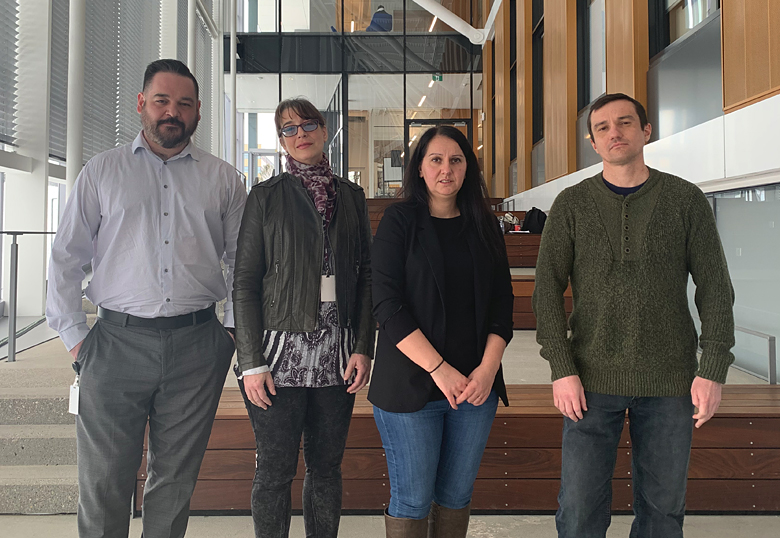A new University of Lethbridge study published in Aging shows that experiences in early life may lay the foundation for developing non-communicable diseases such as heart disease, cancer and diabetes later in life.

Risk factors for developing NCDs include lack of physical activity, an unbalanced diet and abuse of alcohol and tobacco. While scientists haven’t identified a single cause of NCDs, studies in both animals and humans have shown that an adverse prenatal environment heightens the risk for increased blood pressure, cholesterol and insulin levels, obesity and a reduced lifespan in offspring. What’s more, previous studies have shown that adverse early experiences can create a biological signature that is transmitted across generations.
“The current findings open exciting new avenues to understand the mechanisms of NCDs and how we can predict and prevent these disabling health conditions,” says Dr. Gerlinde Metz, a neuroscience professor and Tier 1 Board of Governors Research Chair at the Canadian Centre for Behavioural Neuroscience.
In this study, Dr. Mirela Ambeskovic, a U of L post-doctoral fellow in Metz’s lab, led a team of researchers in a study that examined ancestral stress using a rat model. Offspring of the fourth-generation of prenatally stressed rats were examined.

The study results also show the ancestral stress induced different diseases in males and females. Male rats were more likely to have renal failure and female rats had higher incidences of respiratory disease and tumours. Ambeskovic says sex hormones may be involved since estrogen can protect against inflammation. The researchers measured blood glucose levels and found significant body-weight changes in males during their lives.
“The stressed males seemed to have a lower body weight when young and in middle age,” says Ambeskovic. “However, after middle age they got really heavy and almost obese. With the programming of ancestral stress, it seems that not only are these males more likely to die from renal failure and other diseases, but, if they do survive, they may get diabetes or other conditions that can contribute to morbidity and poor health. These stressed old males also became more depressed and anxious. Their mental health declined and their stress-response system was altered.”
The researchers analyzed tissues for specific microRNAs (miRNAs) that may be associated with NCDs. Both male and female rats showed changes in miRNA-150, which is also known as inflammatory microRNA, but the degree of change was greater in males. They also looked at miRNA 21, which is associated with a longer lifespan when down regulated and a shorter lifespan when up regulated.
“In our cohort, we found significant up regulation of miRNA 21 in young males, which may indicate that, somehow, these animals might have been programmed for short lifespans from their ancestors,” says Ambeskovic. “In females, this microRNA was down regulated, which may show early resilience or programmed protection.”
While miRNA information can be transmitted across generations, miRNAs can also be up or down regulated based on environment and experience. Knowing that ancestral stress has lifelong effects, providing an enriched environment early in life could offset some of the risks.
“We need to concentrate on the prevention of disease instead of treatment,” she says. “We really need to focus on these early years and early life environments to help prevent NCDs later in life.”
